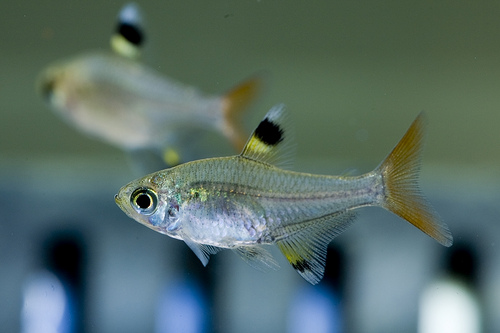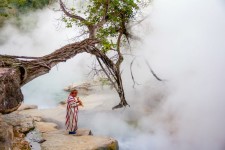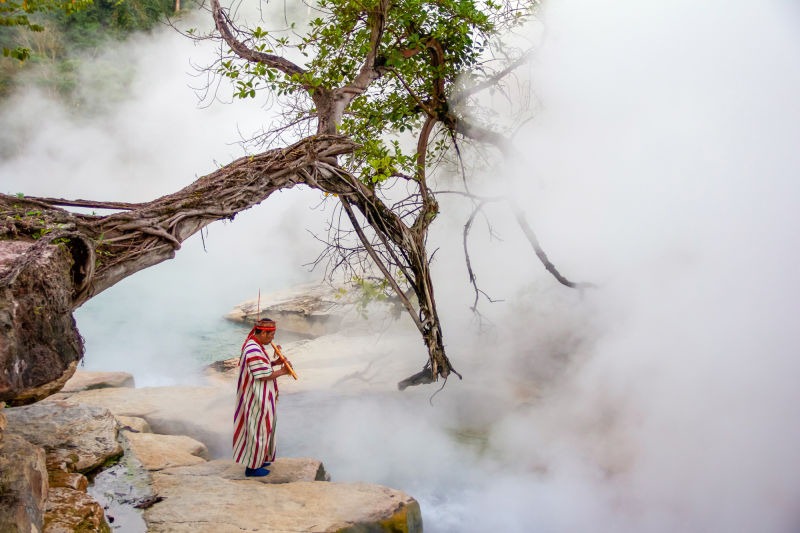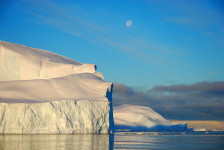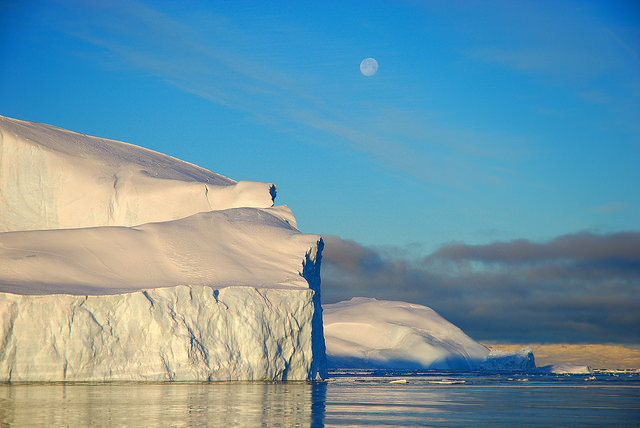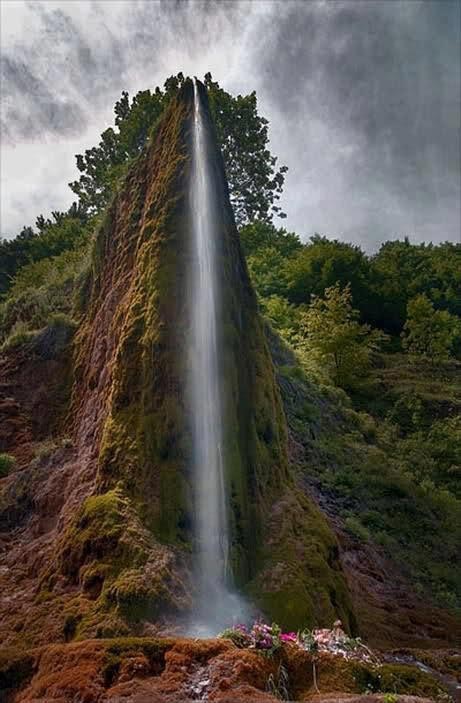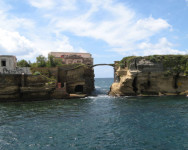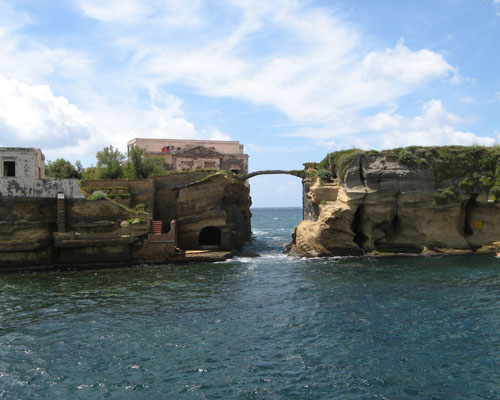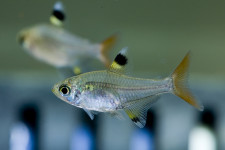
Take more than a scan over these x-ray tetras.
- X-ray tetras are a species of freshwater fish, native to some of the waterways of northern South America including the Amazon region.
- ‘X-ray tetras’ are also known as ‘x-ray fish’, ‘water goldfinch’ and ‘golden pristella tetra’.
- The scientific name of an x-ray tetra is Pristella maxillaris, from the family Characidae, the family of characids, and it is the only species of its genus.
- X-ray tetras are notable for having a mostly transparent body, with their internals a shiny silver-gold colour and fins coloured black, white and yellow.
- The length of x-ray tetras ranges from 3 to 5 centimetres (1.2 to 2 inches), and they generally have a lifespan of 3-5 years in the wild.
X-Ray Tetra
Image courtesy of Mike S/Flickr
- X-ray tetras have a diet that consists of insects, crustaceans and worms, that are scavenged from the bottom of their river and swamp environments and sometimes they feed on aquatic plant material.
- Female x-ray tetras produce from 300 to 400 eggs at a time during the wet season, which they lay among plants in the water, and the eggs can hatch from 24 hours onwards.
- X-ray tetras have what is known as a ‘Weberian apparatus’, a group of tiny bones that act as a sound amplifier, and as a result, the fish are able to hear very well, allowing them to speedily move away from predators.
- X-ray tetras have been popularly kept as fish tank pets, as they are attractive and quite resilient, however they are a schooling fish and as such it is best if they are kept in groups of at least six.
- The first scientific description of an x-ray tetra dates back to 1894, by American marine biologist Albert Ulrey, though the fish was originally known under different scientific names, including Pristella riddlei.



